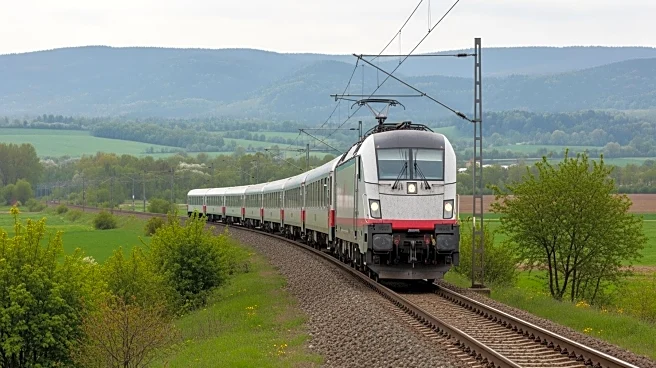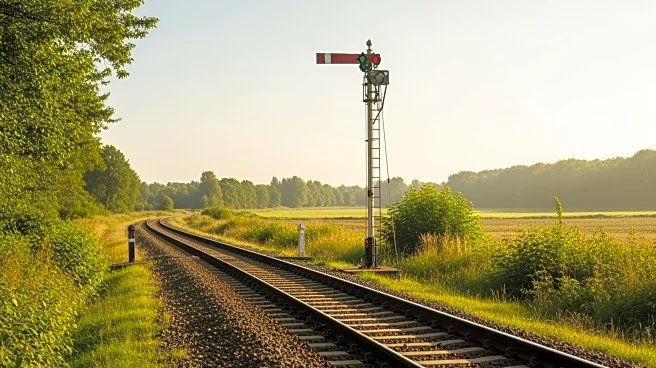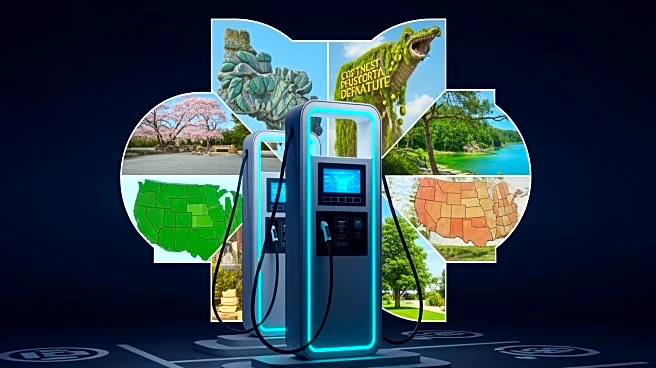What's Happening?
Indiana has introduced state tax credits for qualified rail expenditures, aimed at improving infrastructure and spurring economic development in rural areas. House Enrolled Act 1461 allows short line railroads
and businesses investing in rail maintenance and new projects in counties with populations under 300,000 to receive up to 50% in state tax credits. Adam Robillard, general manager of Madison Railroad and chairman of Railroads of Indiana, is actively promoting the benefits of these tax credits. The legislation is expected to enhance rail infrastructure safety and encourage growth among Class II and Class III railroads, which are crucial for local economies.
Why It's Important?
The tax credits are significant as they provide financial incentives for small railroads to invest in infrastructure improvements, which can lead to increased safety and reliability. This initiative is particularly important for rural counties that rely on railroads for economic development and transportation. By leveling the playing field with other modes of freight transportation, the tax credits could attract more businesses to rural areas, fostering job creation and economic growth. The legislation also highlights Indiana's commitment to supporting its rail industry, which plays a vital role in the state's economy.
What's Next?
With the tax credits now in place, small railroads are expected to reinvest in their infrastructure, potentially leading to new projects and expansions. Economic development agencies and communities are being informed about the benefits, and small railroads are encouraged to plan their capital investments strategically. The focus will be on maximizing the use of these credits to enhance rail infrastructure and attract private investment. As the program gains traction, it could serve as a model for other states looking to support their rail industries and rural economies.
Beyond the Headlines
The introduction of rail tax credits in Indiana reflects broader trends in infrastructure investment and rural development. By prioritizing rail improvements, the state is addressing long-standing challenges faced by small railroads, such as competition with publicly subsidized transportation modes. The initiative also underscores the importance of public-private partnerships in driving economic growth and sustainability. As rural communities benefit from improved rail infrastructure, there may be long-term shifts in population and business dynamics, contributing to a more balanced economic landscape.












